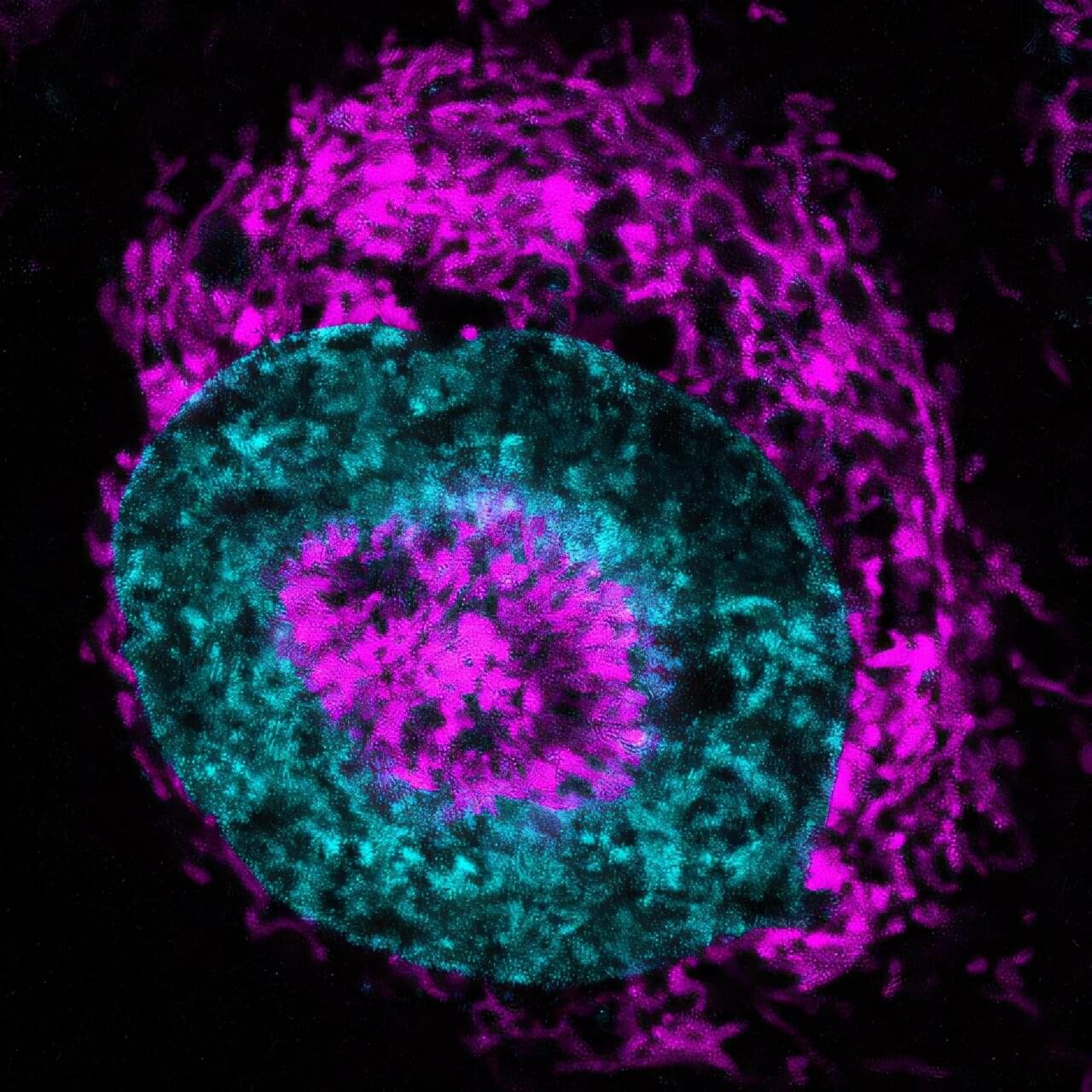Cancer cells mount an instant, energy‑rich response to being physically squeezed, according to a study published in the journal Nature Communications. The surge of energy is the first reported instance of a defensive mechanism that helps cells repair DNA damage and survive the crowded environments of the human body.
The findings help explain how cancer cells survive complex mechanical gauntlets like crawling through a tumor microenvironment, sliding into porous blood vessels or enduring the battering of the bloodstream. The discovery of the mechanism can lead to new strategies that pin cancer cells down before they spread.
Researchers at the Center for Genomic Regulation (CRG) in Barcelona made the discovery using a specialized microscope that can compress living cells to just three microns wide, about one‑thirtieth the diameter of a human hair. They observed that within seconds of being squeezed, mitochondria in HeLA cells race to the surface of the nucleus and pump in extra ATP, the molecular energy source of cells.
